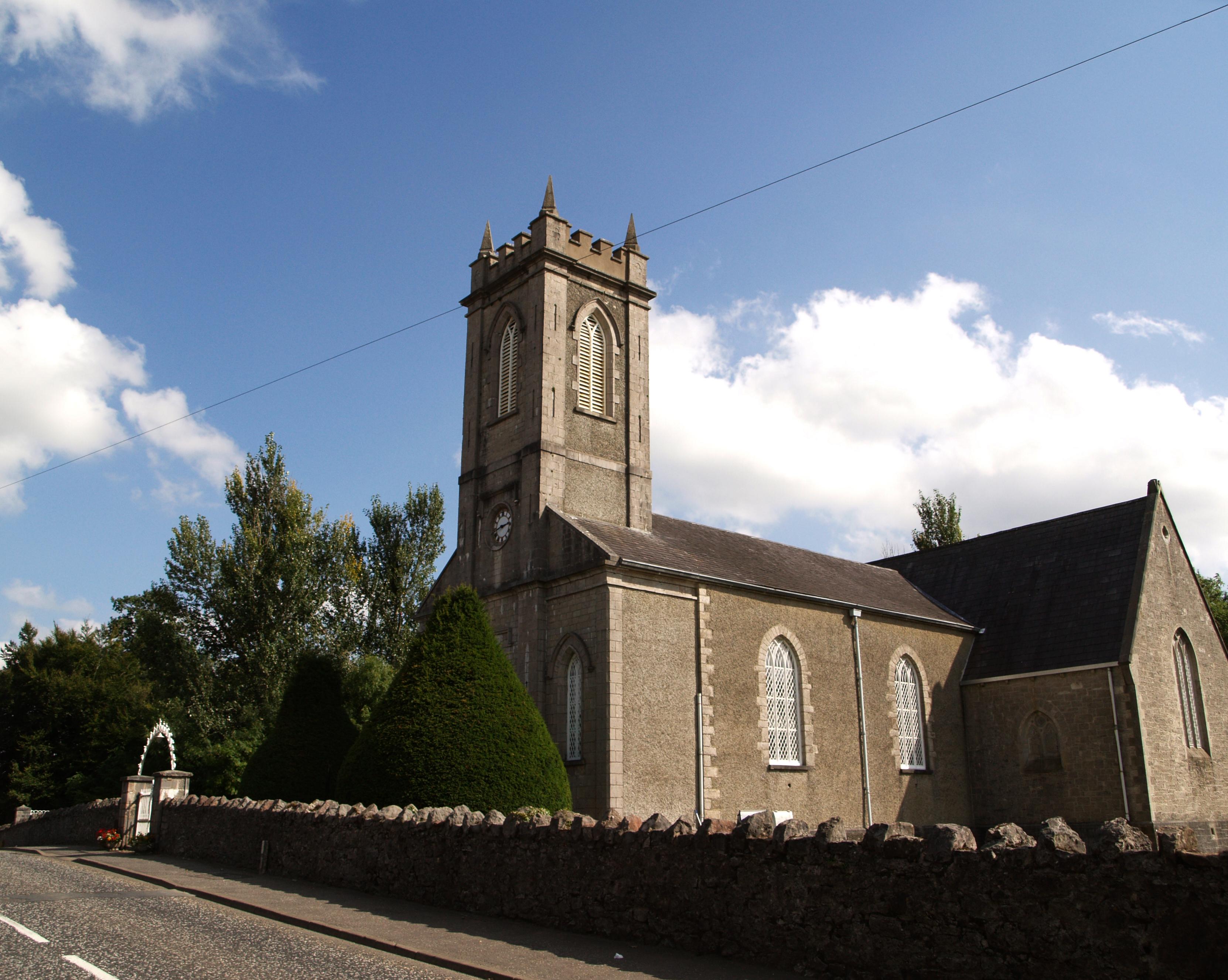St Aidan
Salters Grange, County Armagh
Consecrated 1776 on land gifted by Sir Capel Molyneux and financced by Archbishop Richard Robinson.

This late Georgian church in a simple Gothic style is located in the village of Loughgall in the heart of Co Armagh's apple growing countryside.
Loughgall, County Armagh
St Luke’s is embedded in the Christian heritage of Loughgall village dating back to the Culdees who were originally members of Christian monastic communities. The old church which is visible as ruins today is located close to the present church building and was in existence in 1622. It is said to have been built on the site of a 13th century church.
Following burning in the 1641 rebellion, the church was rebuild in 1740 and was in constant use up to 1795. Work began on the new church at the top of the hill in 1795 on land granted by Arthur Cope of Drumilly. It is believed to have been designed by Frances Johnston, a pupil of the famous architect Thomas Cooley who designed the Archbishops Palace, the Public Library (Robinson Library) in Armagh and the Royal School Armagh. A gallery was added in 1822 with the transepts added in 1863-66. The transepts were designed by the architect, William Joseph Barre and completed by Richard Cherry, a highly respected contractor who lived in the village. The church was consecrated on 26th October 1866 by Archbishop Marcus Gervaise Beresford and dedicated to St Luke.
From entering through the original wrought cast iron gates between square piers of limestone to the beautiful stained glass window above the panelling and altar together with the Conacher organ and the memorials contained in the church, many of which are testament to past Rectors and their service to the parish and the communities of the time, visitors will have the opportunity to learn about the architecture and history of this wonderful B1 listed building.
As the church is primarily a house of worship and prayer, it is hoped that all visitors will take the opportunity to reflect on their time in the church and sense the nearer presence of God there.
Salters Grange, County Armagh
Consecrated 1776 on land gifted by Sir Capel Molyneux and financced by Archbishop Richard Robinson.
Moy, County Tyrone
St James is a Grade I listed building dating back over 200 years which (together with the rectory and church hall) overlooks the historic and attractive village of Moy.
Armagh, County Armagh
As the seat of both Catholic and Anglican Archbishops, Amargh is still the Ecclesiastical Capital of Ireland, the Anglican medieval church has been sympathetically restored over centuries and celebrates its connection with St Patrick.